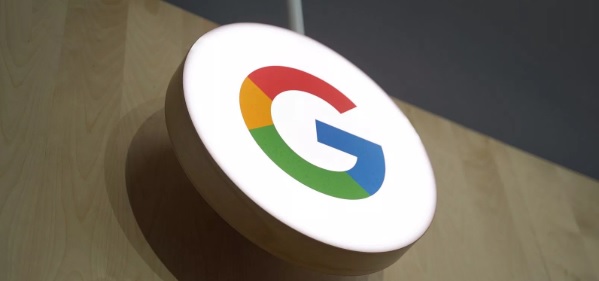Google is rolling out a significant update to the camera feature on its Translate app. The new version of the app adds support for 60 new languages; makes the translated text less jumpy on users’ screens; and updates the underlying translation models, in some cases reducing errors in the final translations by as much as 85 percent.

It’s great news for regular users of Google Translate, where the camera feature is fantastically useful for translating things like menus and signs. To date, the feature has been somewhat marred by low-quality translations, a jumpy interface, and limited language set, but this update should help ameliorate all three of those problems.
Key to the update is the integration of Google’s AI translation methods, known as neural machine translation (NMT). These models have been incorporated into Google Lens and the web version of Translate, but they are now supporting instant camera translation, too.
New languages supported in the update include: Afrikaans, Arabic, Bengali, Estonian, Greek, Hindi, Igbo, Javanese, Kurdish, Latin, Latvian, Malay, Mongolian, Nepali, Pashto, Persian, Samoan, Sesotho, Slovenian, Swahili, Thai, Vietnamese, Welsh, Xhosa, Yoruba, and Zulu. The full list of 88 languages now supported can be seen here.
The updated topplay version of the app will also automatically detect what language it’s looking at, which is handy if you’re traveling in a region where multiple languages are common.
Google says the update will be available to 1 percent of users today, with a full rollout coming over the next few weeks.













